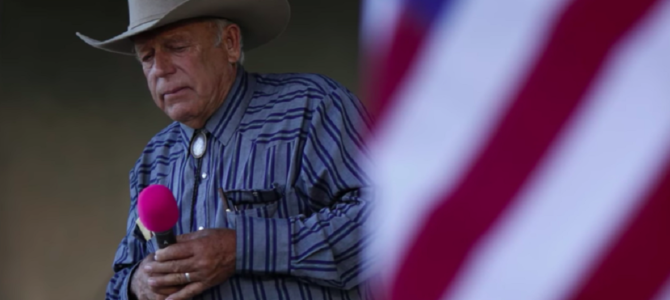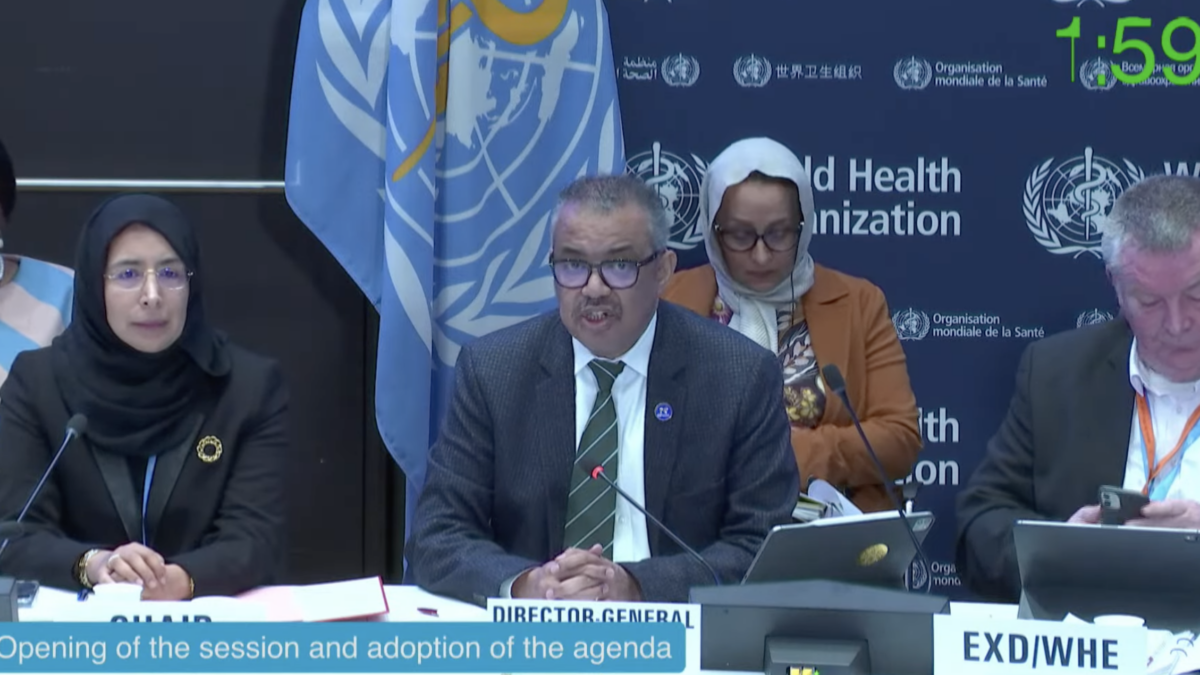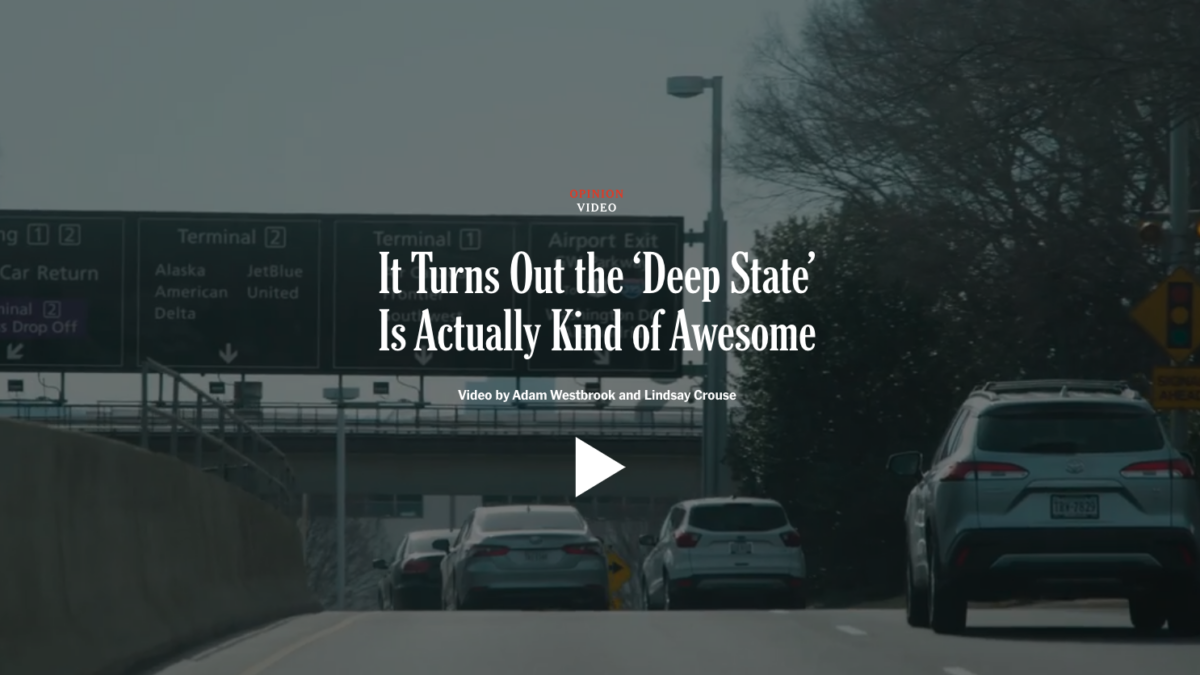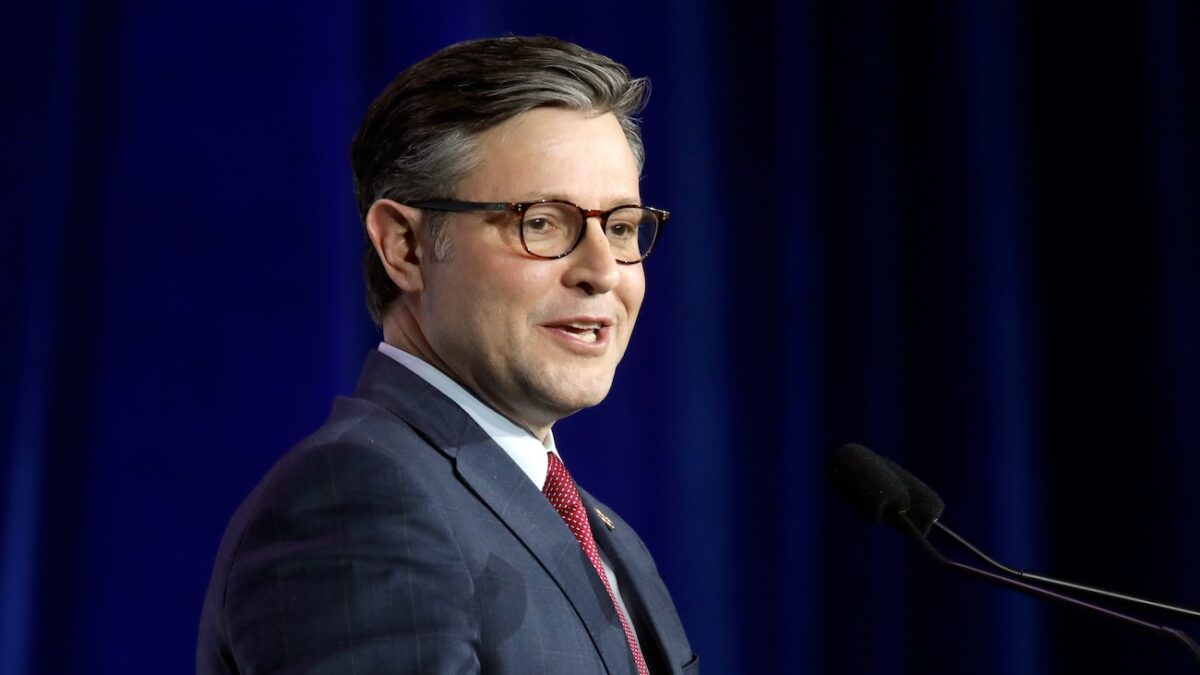
A federal district court will hear oral arguments January 8 on whether to allow further prosecution of Nevada cattleman Cliven Bundy and his associates on charges arising from an armed 2014 standoff with federal authorities over a land dispute. Judge Gloria M. Navarro has declared a mistrial in the case, based on the government’s failure to turn over evidence favorable to the defendants — Cliven, his two sons and a co-defendant.
The evidence that emerged only as the Bundy case headed to trial raises serious questions about the Bureau of Land Management’s (BLM) use of FBI surveillance and snipers to confront ranchers who were deemed nonviolent by several government agencies, and whose original offenses were alleged trespassing on federal land and nonpayment of grazing fees.
The now years-long battles between Bundy’s family and federal law enforcement is now something of an epic tale, but the current trial and the questions it raises stem from the story that first put Bundy on the national news. Let’s go through what happened.
The government alleged Bundy was required to obtain a permit from and pay fees to BLM to graze his cattle on federal land near his ranch, but had failed to do so since 1993. The unpaid sums, along with fines for failure to pay, exceeded $1 million dollars. BLM obtained court orders in 1998, 1999, and 2013 requiring Bundy to remove the cattle from the lands at issue, but Bundy allegedly continued to keep and graze cattle there.
BLM and its contractors began attempting to impound Bundy’s cattle in April of 2014. Bundy and his sons, having said they would do “whatever it takes” to protect their property, took up arms, along with dozens of armed followers and militiamen who had learned of the confrontation. After a week-long standoff, BLM called off the “cattle gather” operation, but vowed the agency was not finished pursuing Bundy.
Ultimately, Bundy was arrested on February 10, 2016, at Portland International Airport — which was smart insofar as Bundy was unlikely to be armed or among his followers there. Indeed, Bundy had flown to Oregon to support Ammon Bundy, who had led a group of armed supporters to take over the Malheur National Wildlife Refuge. The takeover was ostensibly to protest the jailing of Oregon ranchers for setting a fire on public lands (Ryan Bundy was shot and another man was killed by the FBI during that standoff).
The federal indictment of Bundy and his codefendants alleges that they engaged in a conspiracy to thwart the impoundment of the cattle. One of the alleged methods of the conspiracy was the use of “deceit and deception” to recruit followers and militiamen, including falsely claiming that the BLM had surrounded the Bundy ranch with snipers. The defendants were also charged with assault, threats against the government, firearms offenses, and obstruction of justice.
There likely was pressure on the prosecutors to make the conspiracy charge stick against Bundy and his sons, as their prior conspiracy cases against the Bundys and their associates had failed. In October 2016, a jury acquitted Ammon and Ryan, along with five other defendants, on all charges arising from the wildlife refuge takeover in Oregon.
In April 2017, a jury convicted two lesser figures in the Bundy ranch standoff on offenses other than the core conspiracy charges, but the judge declared a mistrial as to four codefendants. In August 2017, the four were retried and acquitted on most charges, with the jury again deadlocking on the remaining counts.
In October 2017, shortly before the jury was to be selected in the trial of Bundy and his sons for the ranch standoff, the proceedings again began to turn in favor of the family. During a pretrial hearing, a National Park Service ranger testified that the FBI had set up at least one surveillance camera on the ranch, a fact the government had previously denied. At the same hearing, Dan Love, the special agent in charge of the BLM operation at the ranch, testified that there had been snipers deployed at the ranch. Love also testified that the government had commissioned threat assessment reports on the Bundys — reports the government had not provided in response to defense requests.
Counsel for the defense received the previously withheld materials in November 2017, but there was yet another surprise in the Bundys’ favor. On November 27, 2017, Larry Wooten, a BLM investigator assigned to assess the government’s handling of the Bundy standoff, filed a whistleblower complaint with the Justice Department, alleging he was removed from the investigation after raising concerns about misconduct, including by Love.
In addition to a general atmosphere of bias against the Bundys and their Mormon faith, Wooten claimed that Love “specifically and purposely ignored” direction from U.S. attorneys and BLM management, as well as Nevada state officials’ recommendations “to command the most intrusive, oppressive, large scale and militaristic trespass cattle impound possible.”
Wooten further claimed that his investigation indicated excessive use of force as well as violations of civil rights and policy. And he strongly implied the prosecution was reluctant to disclose to the defendants comments from BLM agents such as “Go out there and kick Cliven Bundy in the mouth (or teeth) and take his cattle.”
On December 21, 2017, Navarro granted the defendants’ motion for a mistrial. In her ruling from the bench, she cited several categories of withheld evidence in addition to the evidence regarding the FBI surveillance cameras. There were maps and logs corroborating the testimony that snipers were at the Bundy ranch. There were threat assessments prepared by the FBI, the Southern Nevada Counter Terrorism Center and the BLM that concluded the Bundy family was nonviolent would probably not get into a shootout. These reports indicated BLM was trying to provoke a conflict by antagonizing them.
Moreover, there were nearly 500 pages of BLM internal affairs documents withheld from the defense counsel regarding Love. BLM had recently fired Love for misconduct, including: deleting agency emails sought by then-Rep. Jason Chaffetz, giving valuable stones held as evidence to colleagues, manipulating a job search for a friend’s benefit, and using his position to acquire tickets to the Burning Man festival.
One remaining question is whether Navarro will now dismiss the case against Bundy and his codefendants, or allow the government a new trial. She called the prosecutorial misconduct in this case “willful,” which suggests a severe sanction is in order. Alternatively, she may craft a narrower remedy, such as precluding the government from arguing that the defendants falsely claimed they were beset by snipers, which would undermine the main conspiracy charge.
Regardless of the judge’s decision, the other remaining questions concern why BLM was inserting FBI surveillance and snipers into a dispute with people whom no government agency had deemed a threat. On that score, Attorney General Jeff Sessions has ordered an investigation.









